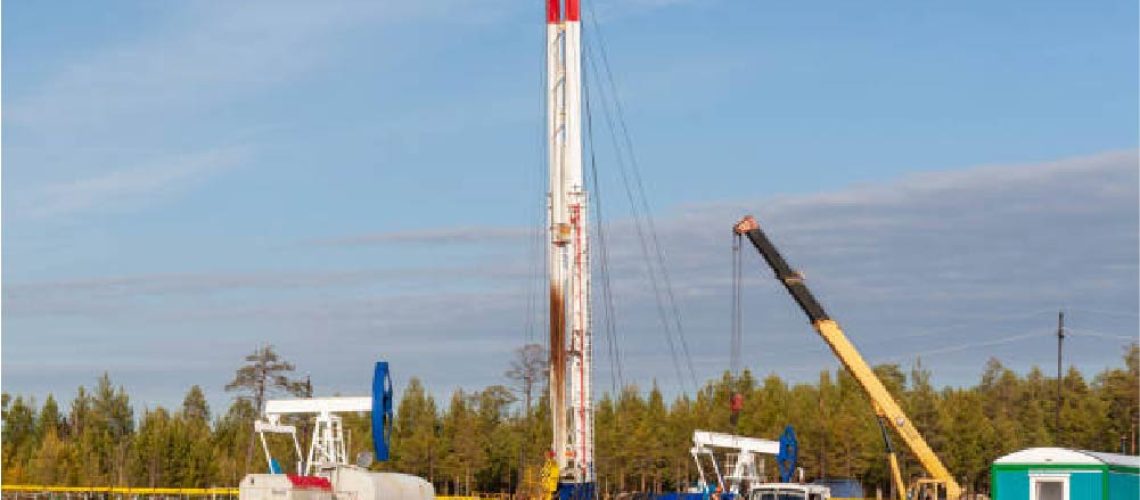In the drilling industry, technological innovations have opened up vast opportunities to boost efficiency and productivity. But does modern drilling always surpass traditional methods? With the growth of energy, construction, and mining industries, the need for efficient resource extraction has surged. Drilling is a critical process for exploring and extracting these resources.
For decades, traditional drilling methods were the standard. However, as technology advanced, modern drilling techniques have started to replace traditional methods by offering higher speed, greater accuracy, and reduced environmental impact.
History and Evolution of Traditional Drilling Methods
Traditional drilling methods have been used for hundreds of years and laid the foundation for modern techniques. Despite their simplicity, these methods have their unique merits.
Definition of Traditional Methods
Traditional drilling refers to techniques used since ancient times, prior to advanced technology. These methods typically rely on simple mechanical equipment and the operator’s skill to achieve desired results.
Techniques and Equipment
In the past, drilling was carried out using basic tools such as hand drills, steam-powered drills, and manual rigs. These tools depended on human or animal power, making speed and efficiency highly dependent on physical strength and operator expertise. While slower than modern techniques, their reliability under certain conditions remains a significant advantage.
Advantages of Traditional Methods
A key benefit is affordability. With relatively inexpensive and easy-to-operate equipment, traditional methods are often chosen for small-scale projects or areas with limited technological infrastructure. Their simplicity also facilitates easier maintenance and repairs.
Advances and Innovations in Modern Drilling Techniques
Technology has revolutionized the way we drill. Modern drilling techniques use cutting-edge digital tools, automation, and advanced sensors to enhance efficiency and safety.
Definition of Modern Drilling Techniques
Modern drilling refers to the use of advanced equipment and technologies that integrate digital systems, real-time sensors, and analytical software. This approach allows for faster, more accurate, and minimally disruptive drilling operations.
Latest Technological Innovations
Recent advancements include robotics, drone monitoring, and AI-based software that analyzes data in real time. These innovations not only accelerate the drilling process but also help identify potential issues early on.
Modern Equipment and Methods
Modern techniques use advanced rotary drills, automatic control systems, and integrated monitoring equipment connected via the Internet of Things (IoT). These systems enable remote control and monitoring of the entire drilling process, reducing the risk of accidents and minimizing downtime.
In-Depth Comparison: Modern Techniques vs. Traditional Methods
Efficiency and Productivity
Efficiency is key when choosing a drilling method. Modern techniques significantly boost productivity compared to traditional methods.
- Drilling Speed:
Digital technology and automated control systems allow modern drilling to achieve higher speeds in a shorter time. Traditional methods, which rely on manual labor, are comparatively slower. - Accuracy and Reliability:
Precise sensor and monitoring systems in modern techniques ensure each drilling step is accurate, reducing the risk of costly errors.
Environmental Impact
One major advantage of modern techniques is their ability to minimize environmental damage. With waste management systems and emission reduction technology, modern drilling is more eco-friendly than traditional methods, which often cause greater pollution.
Cost and Investment
Although the initial investment for modern techniques is generally higher, the resulting efficiency and productivity can offset these costs in the long run. Traditional methods offer lower operating costs but lack the speed and quality that modern techniques deliver.
Impact on Project Quality
Project quality is determined not only by the final outcome but also by the execution process. Modern techniques enable tighter quality control through digital monitoring, resulting in more consistent and higher-standard outcomes.
Advantages of Modern Drilling Techniques
- Digital Technology and Automation
Integrating digital systems and automation allows modern drilling to run with minimal human intervention, reducing operational errors and increasing productivity. - Real-Time Monitoring
Advanced sensors and IoT devices enable operators to monitor drilling conditions in real time, ensuring early detection of potential issues. - Enhanced Safety
Modern systems improve safety by reducing the risk of accidents through precise control and advanced safety features.
Benefits and Practicality of Traditional Drilling Methods
- Affordability and Accessibility:
Traditional methods are often chosen for their lower costs and ease of use, especially in regions with limited access to modern technology. - Simplicity and Ease of Operation:
Operators experienced with traditional techniques can easily manage simple equipment without the need for advanced training. - Traditional Use Cases:
Many small-scale projects or remote explorations continue to rely on traditional methods due to their practicality and relatively low risk.
Challenges and Barriers to Implementing Modern Techniques
- High Initial Investment:
One of the main obstacles for modern drilling is the substantial upfront cost of advanced equipment and software. - Training and Expertise Requirements:
Modern technology demands specialized skills. Operators must be trained to operate automated systems and analyze real-time data, which can be time-consuming and costly. - Integration with Legacy Systems:
Companies with long-standing traditional systems may face significant challenges in integrating modern technology without disrupting existing operations.
Conclusion
Modern drilling techniques offer significant benefits over traditional methods, including faster speeds, higher accuracy, and reduced environmental impact. However, the high initial investment and training requirements may limit their immediate adoption in some scenarios. Traditional methods remain valuable for smaller projects and regions with limited resources. Ultimately, the choice between modern and traditional drilling depends on project needs, budget constraints, and technological readiness.



